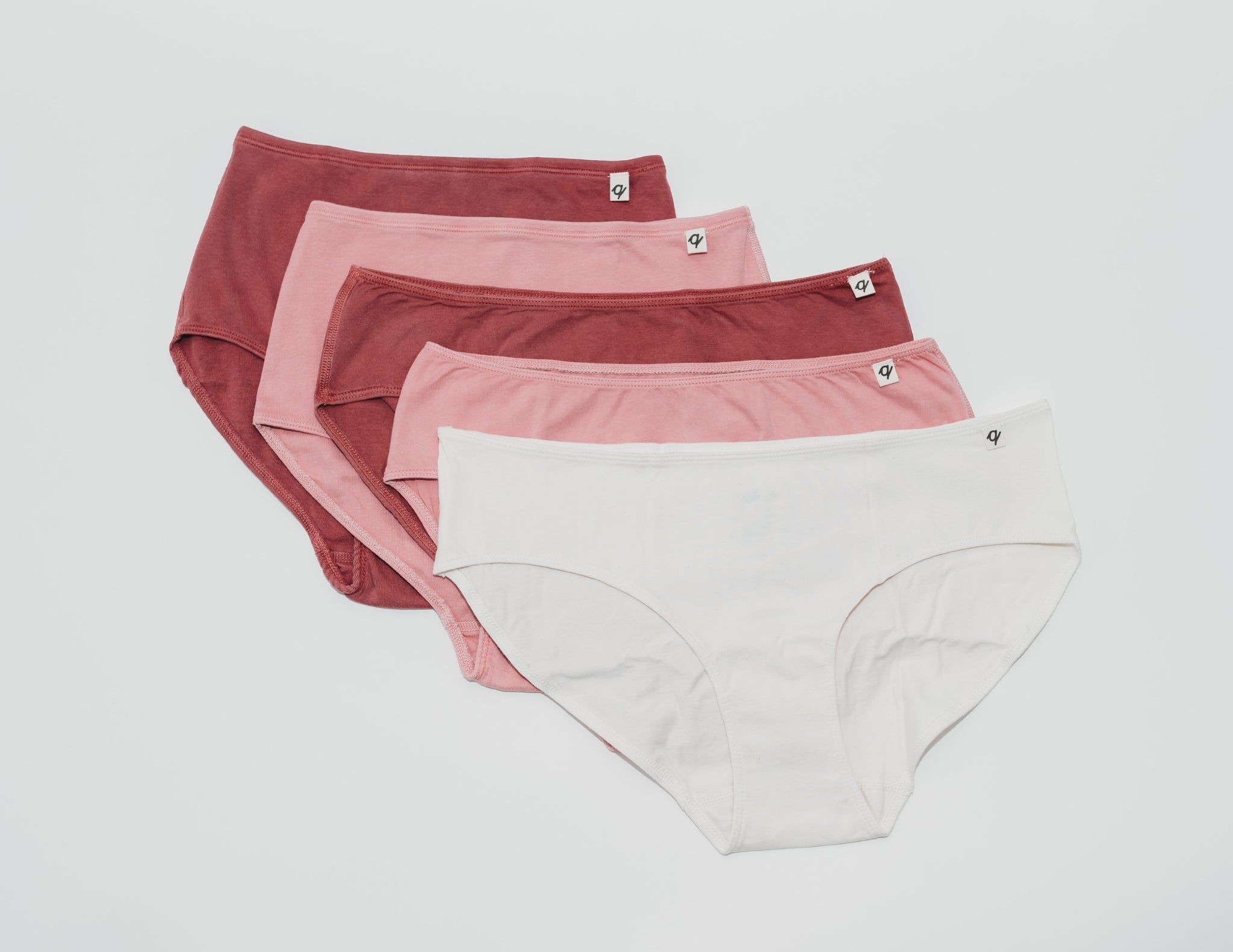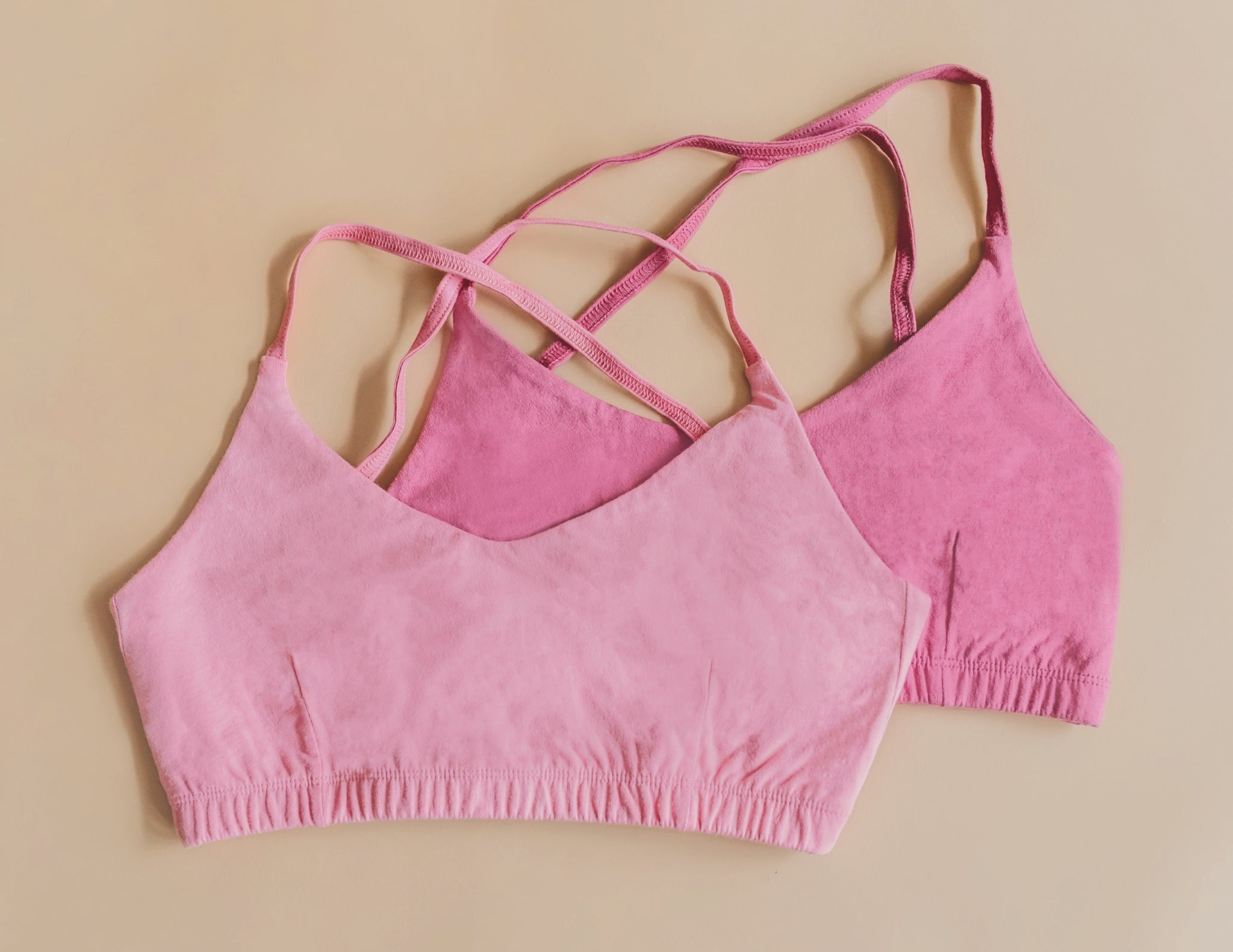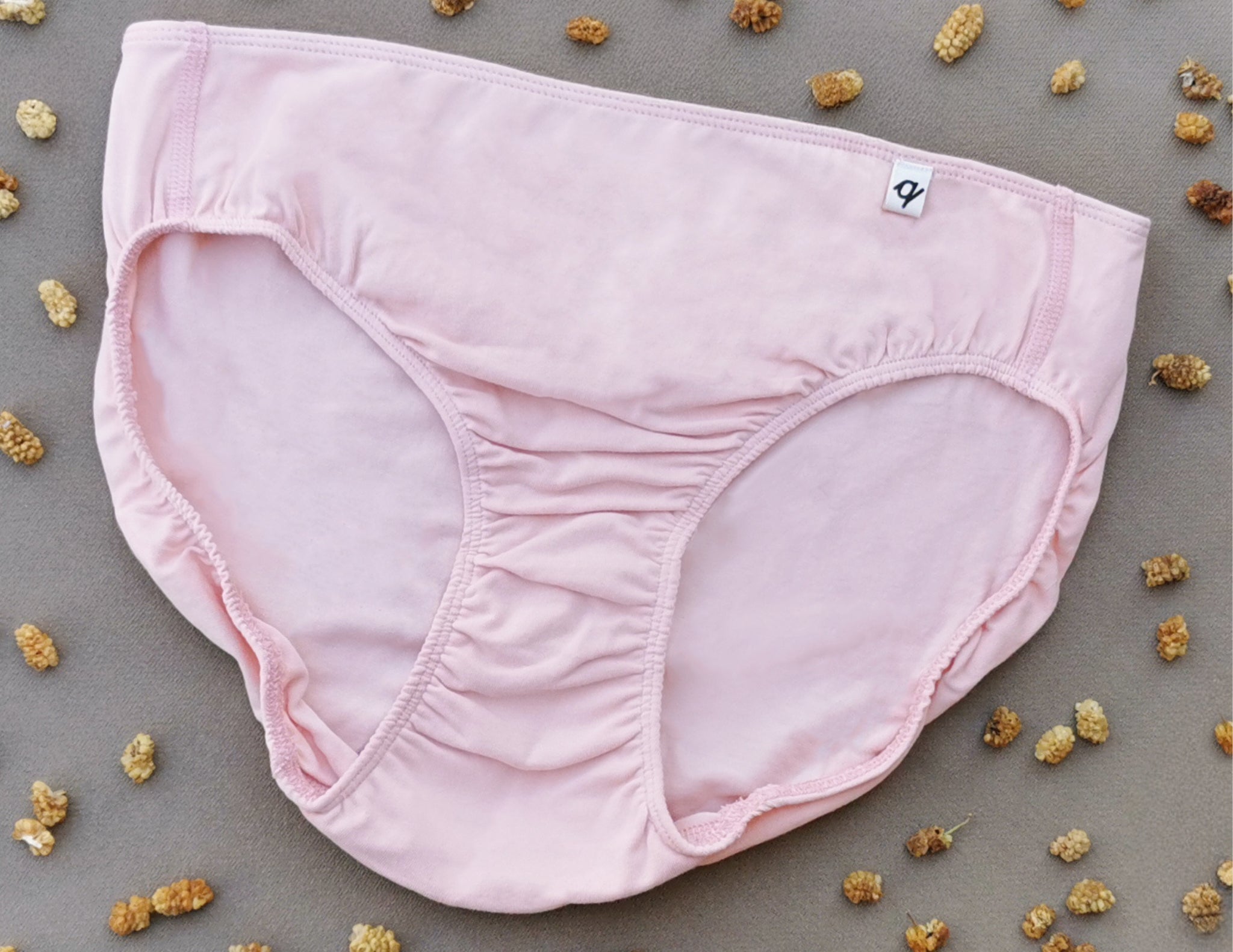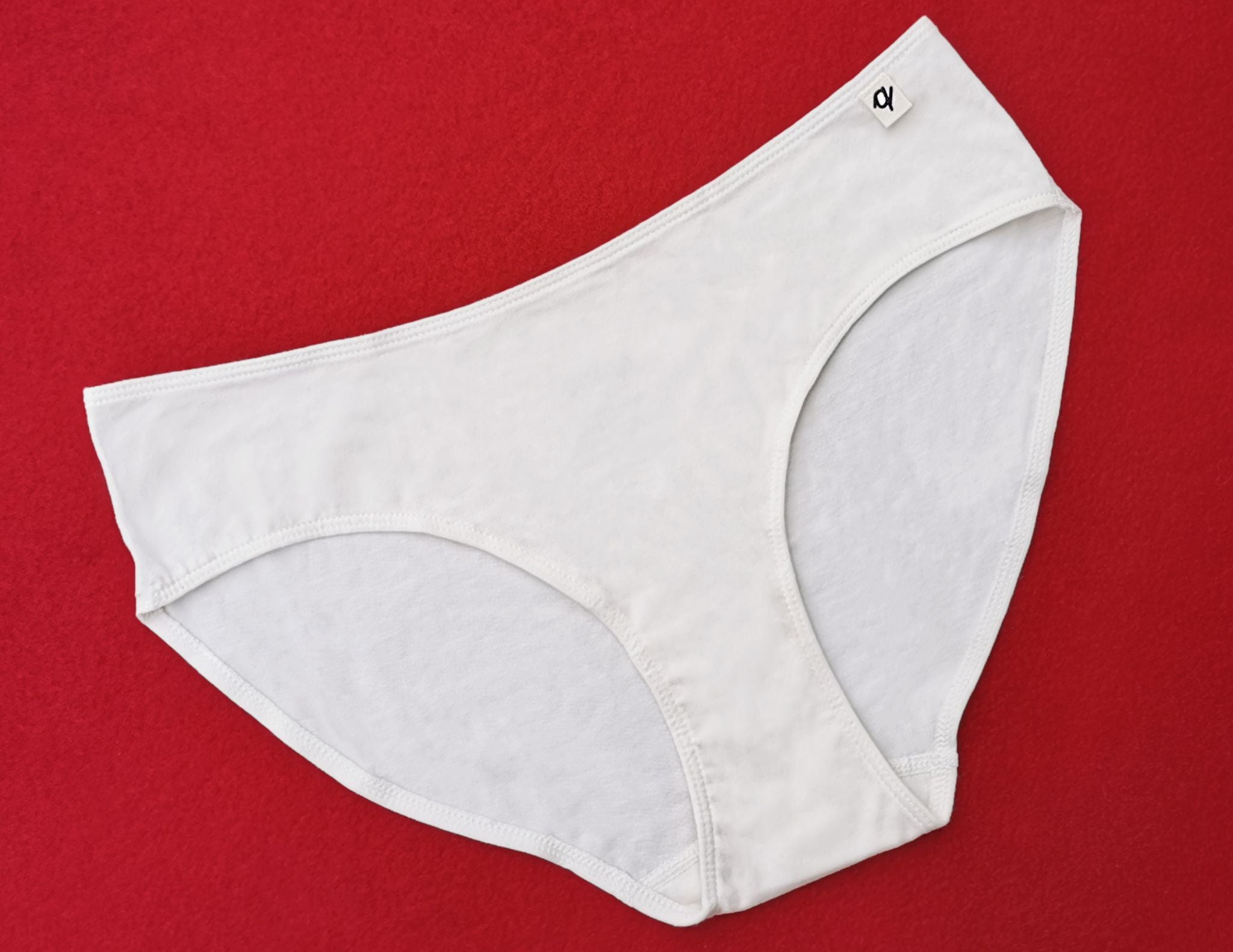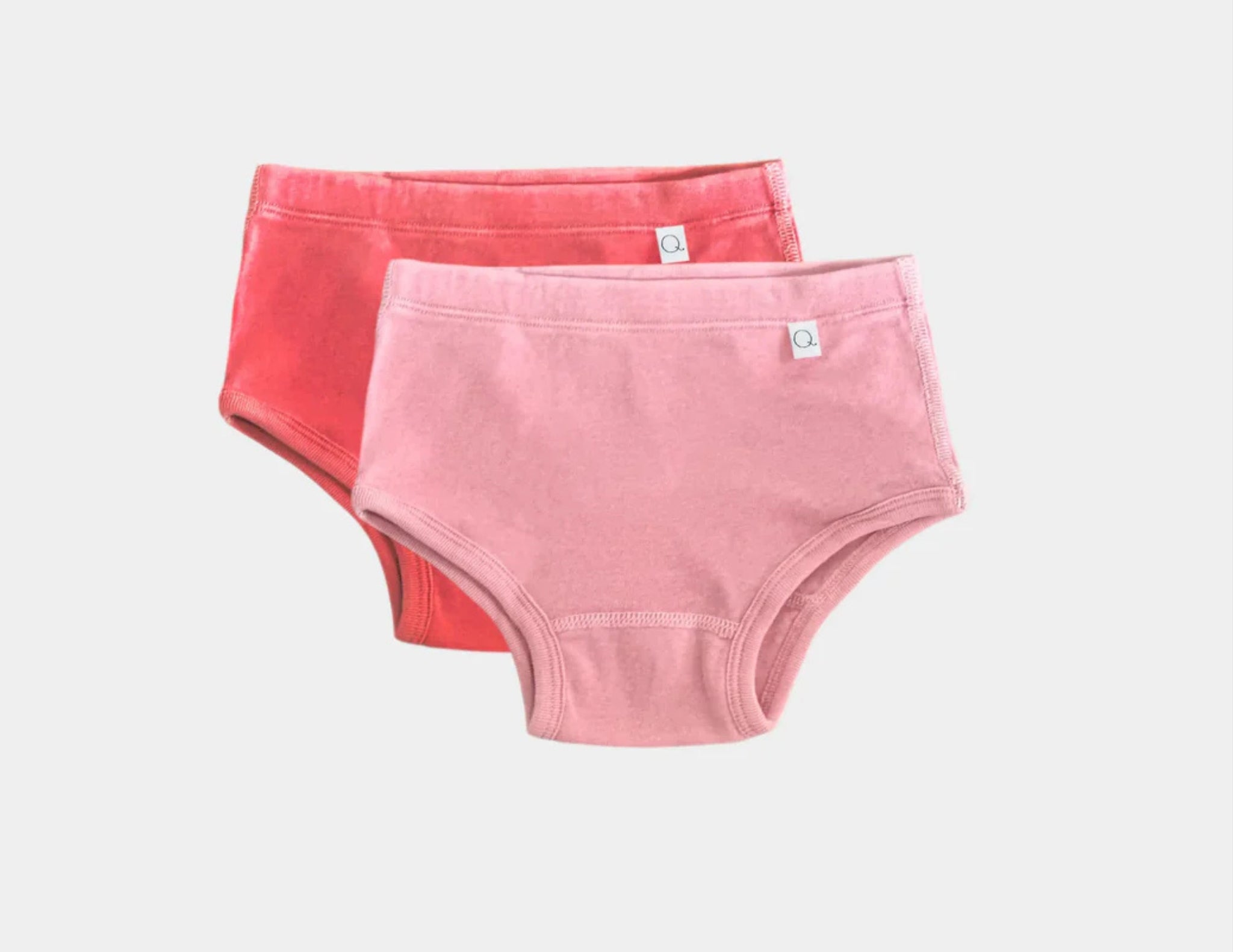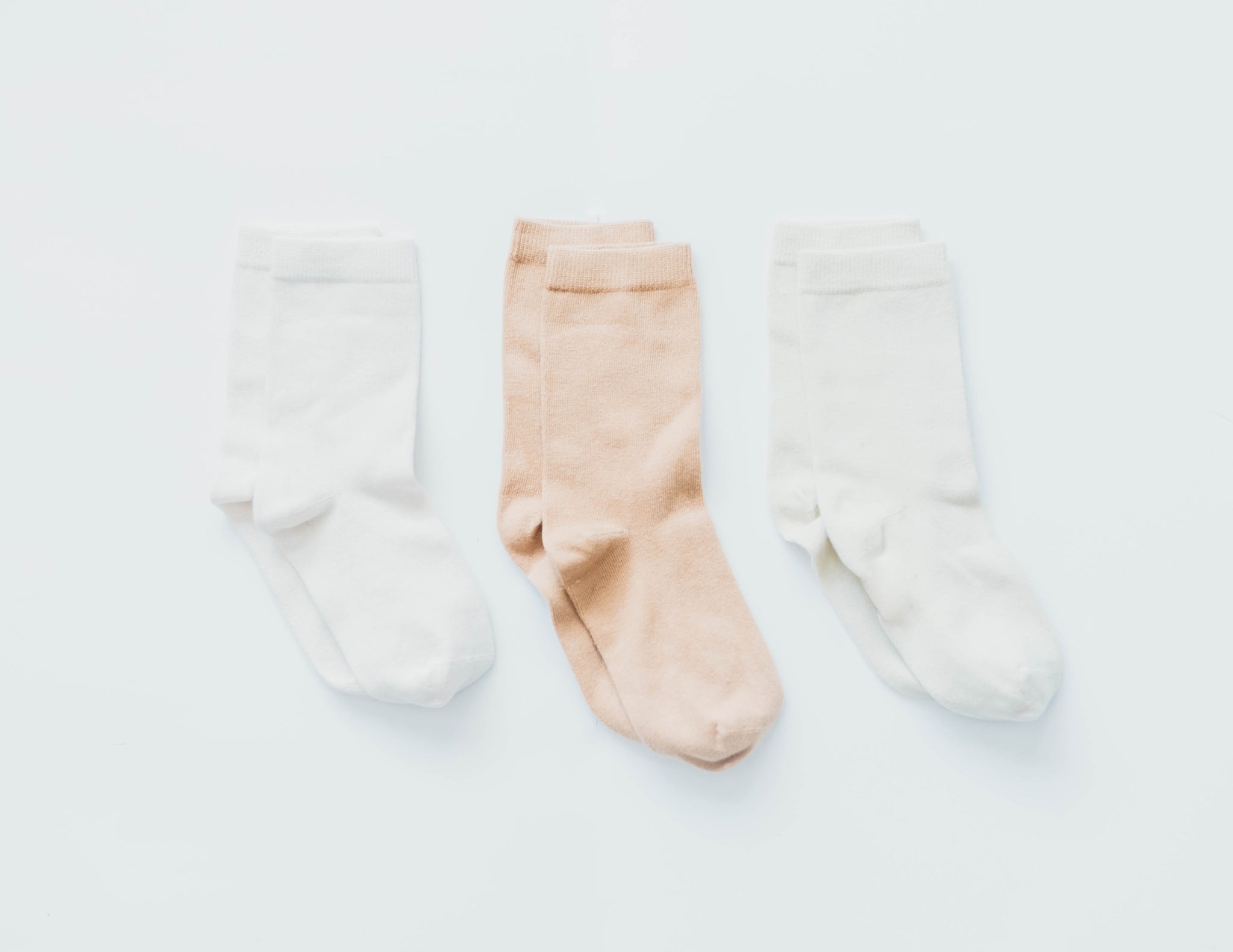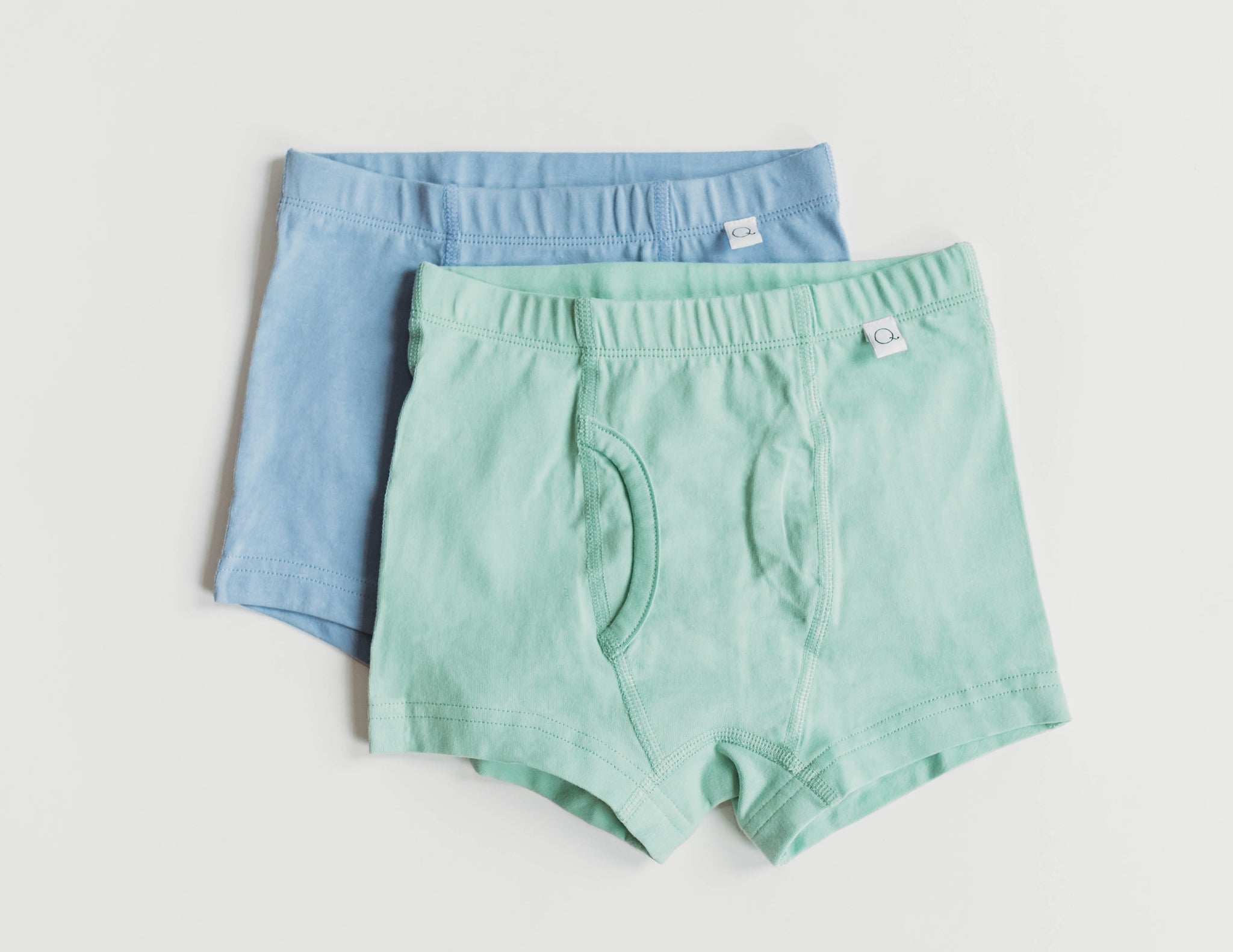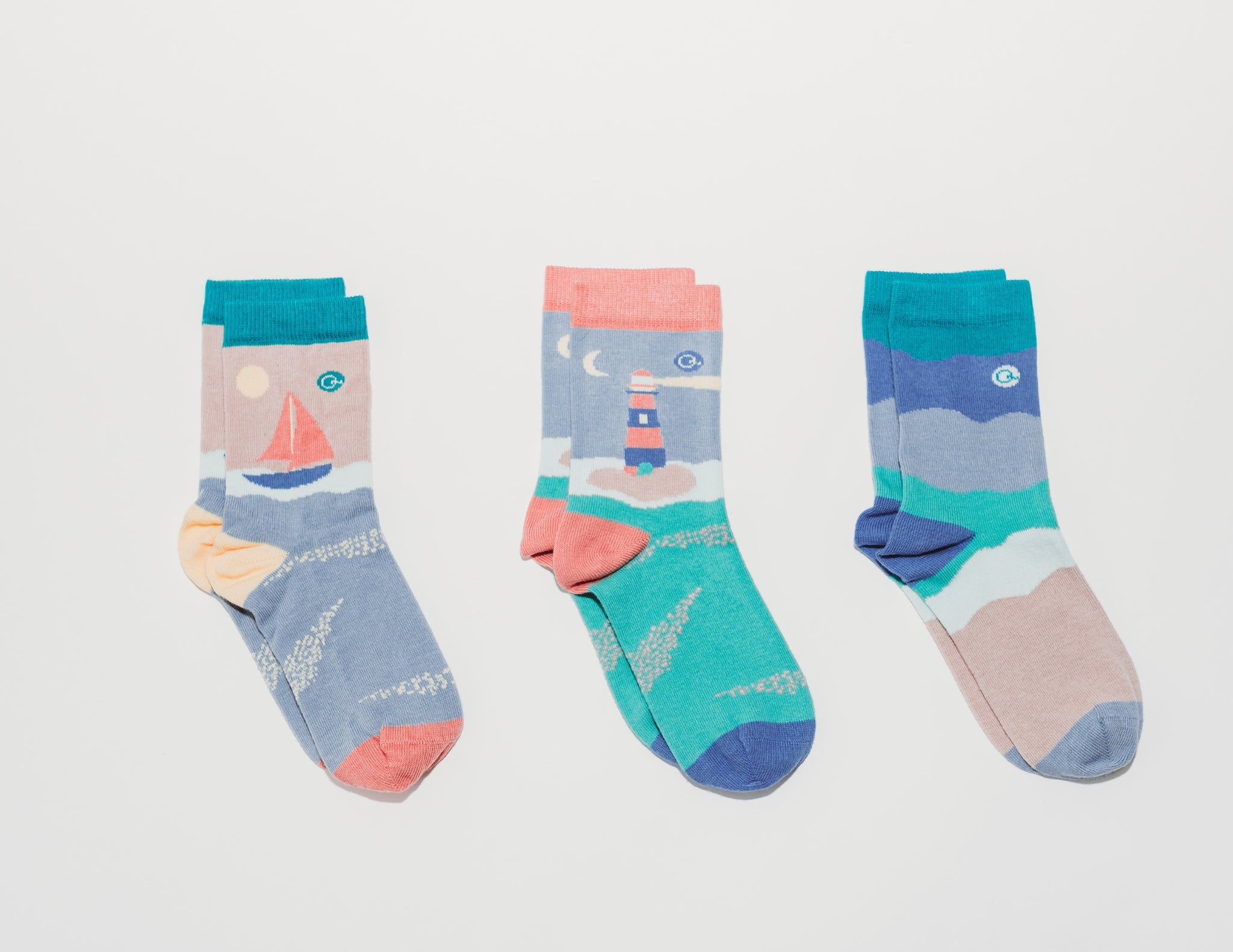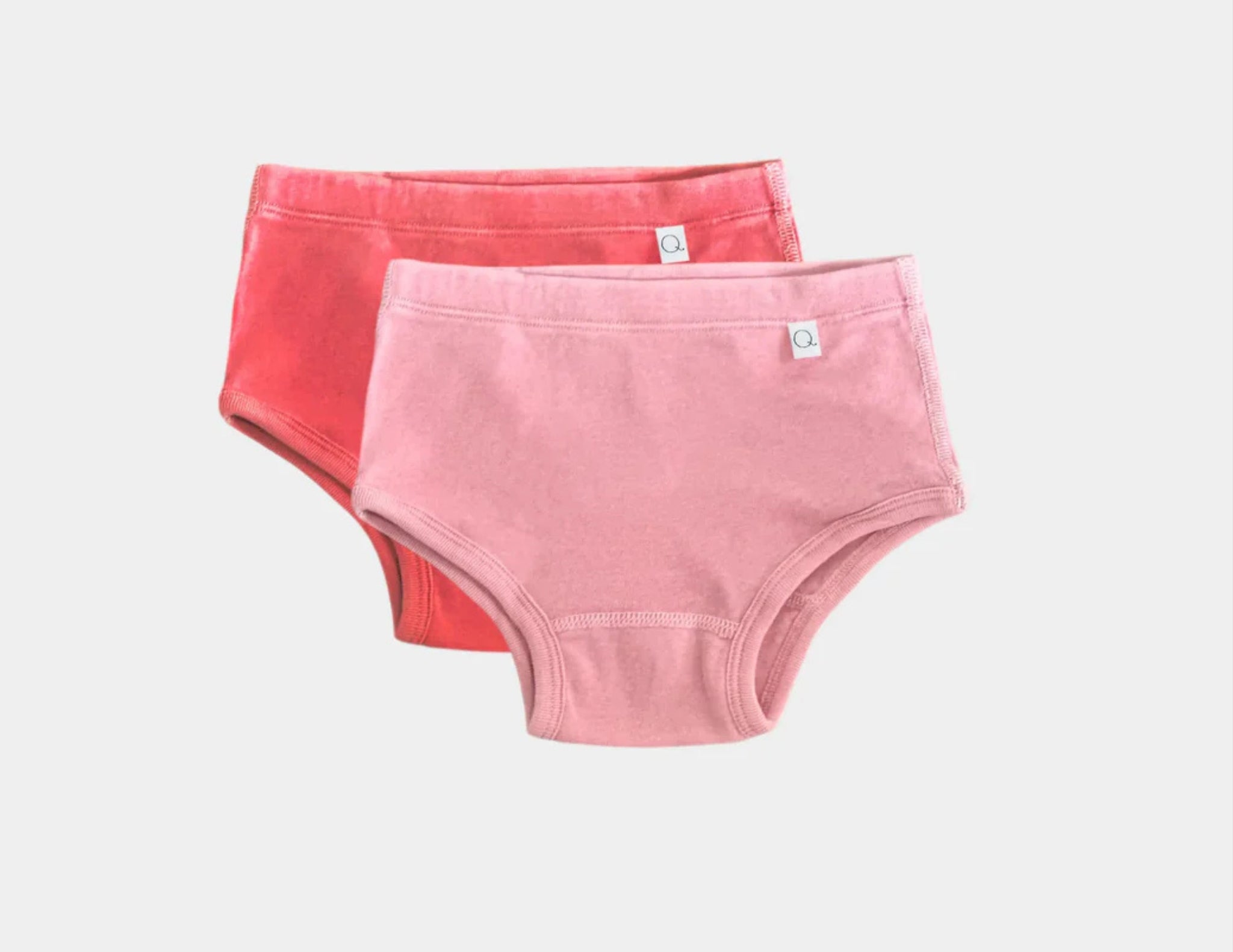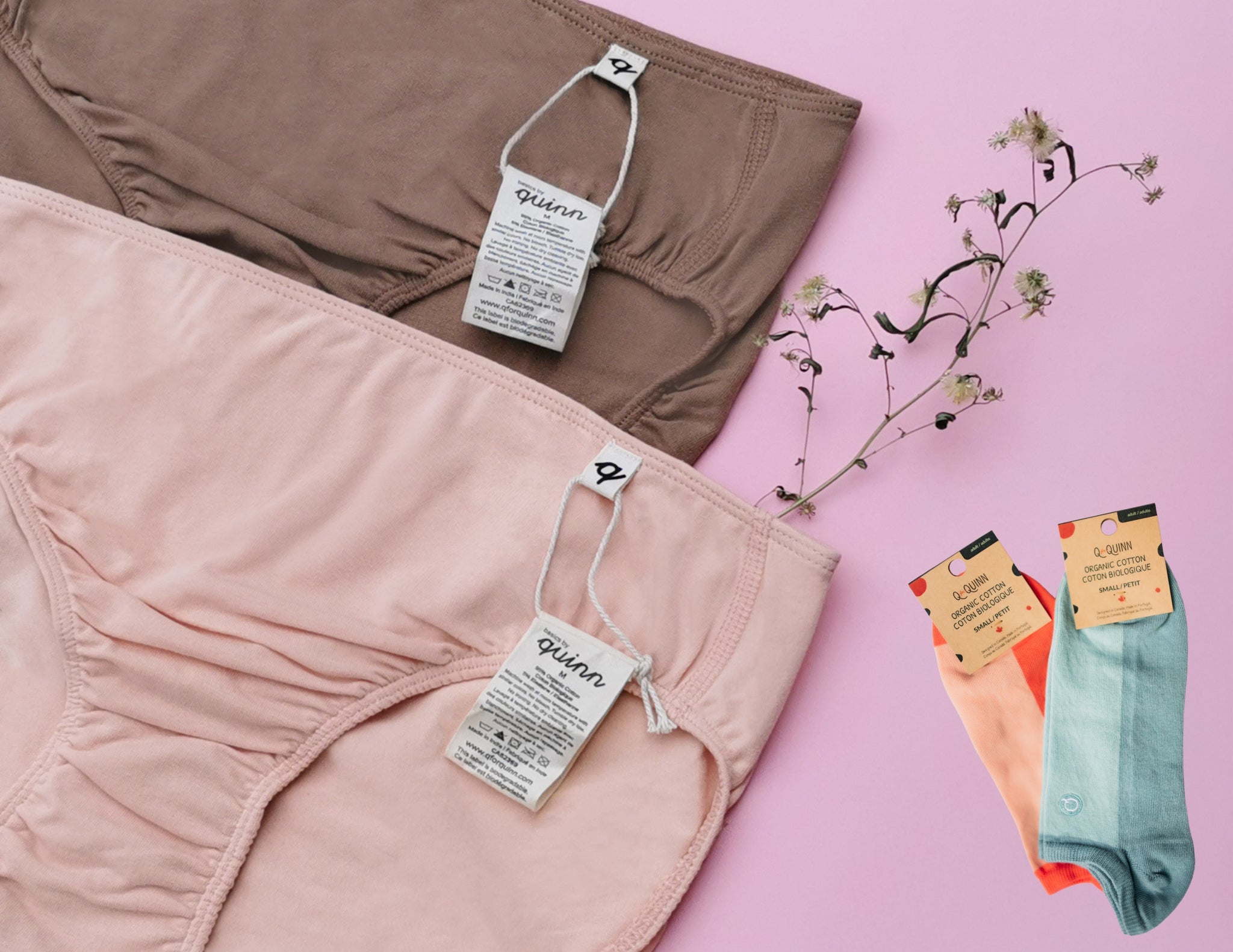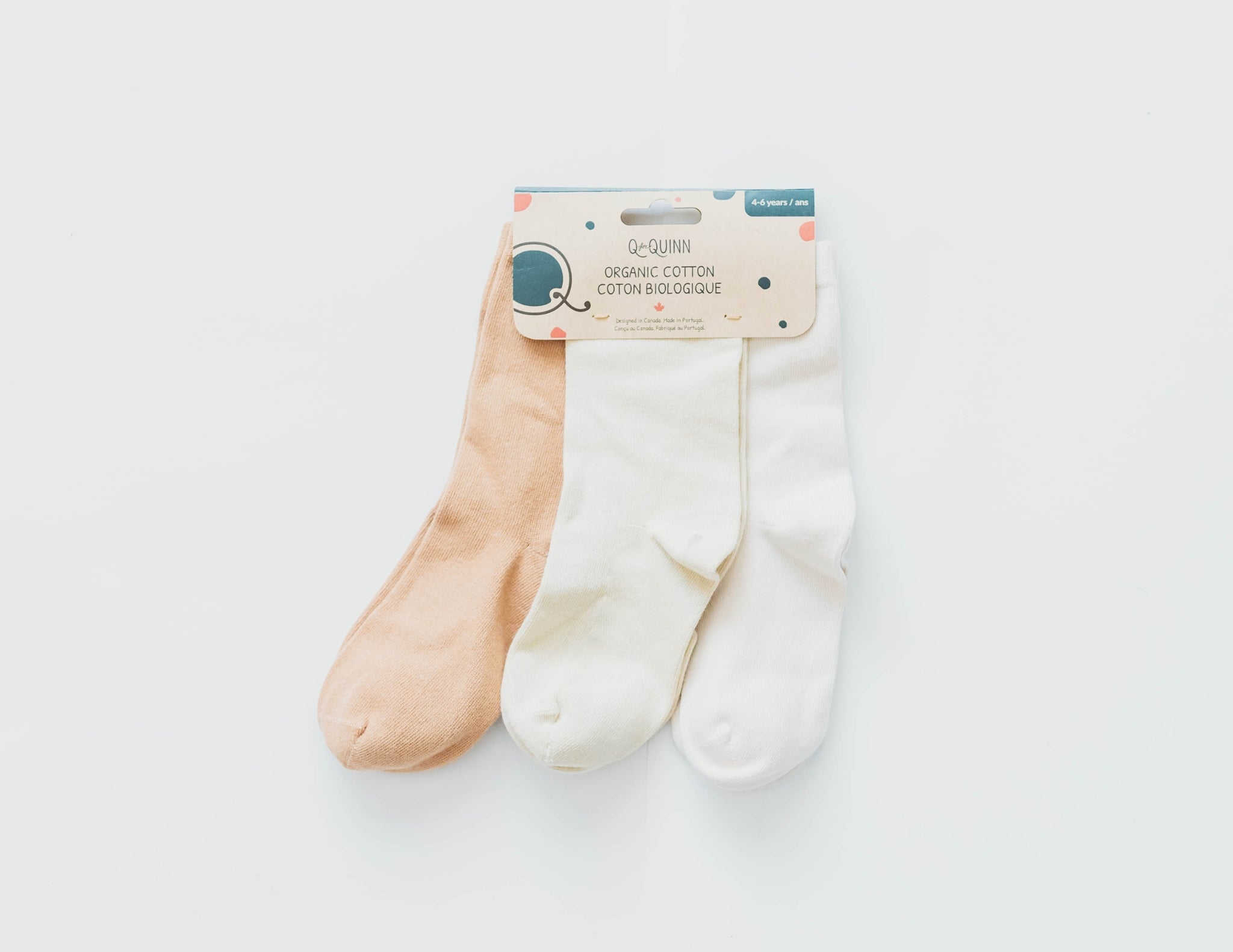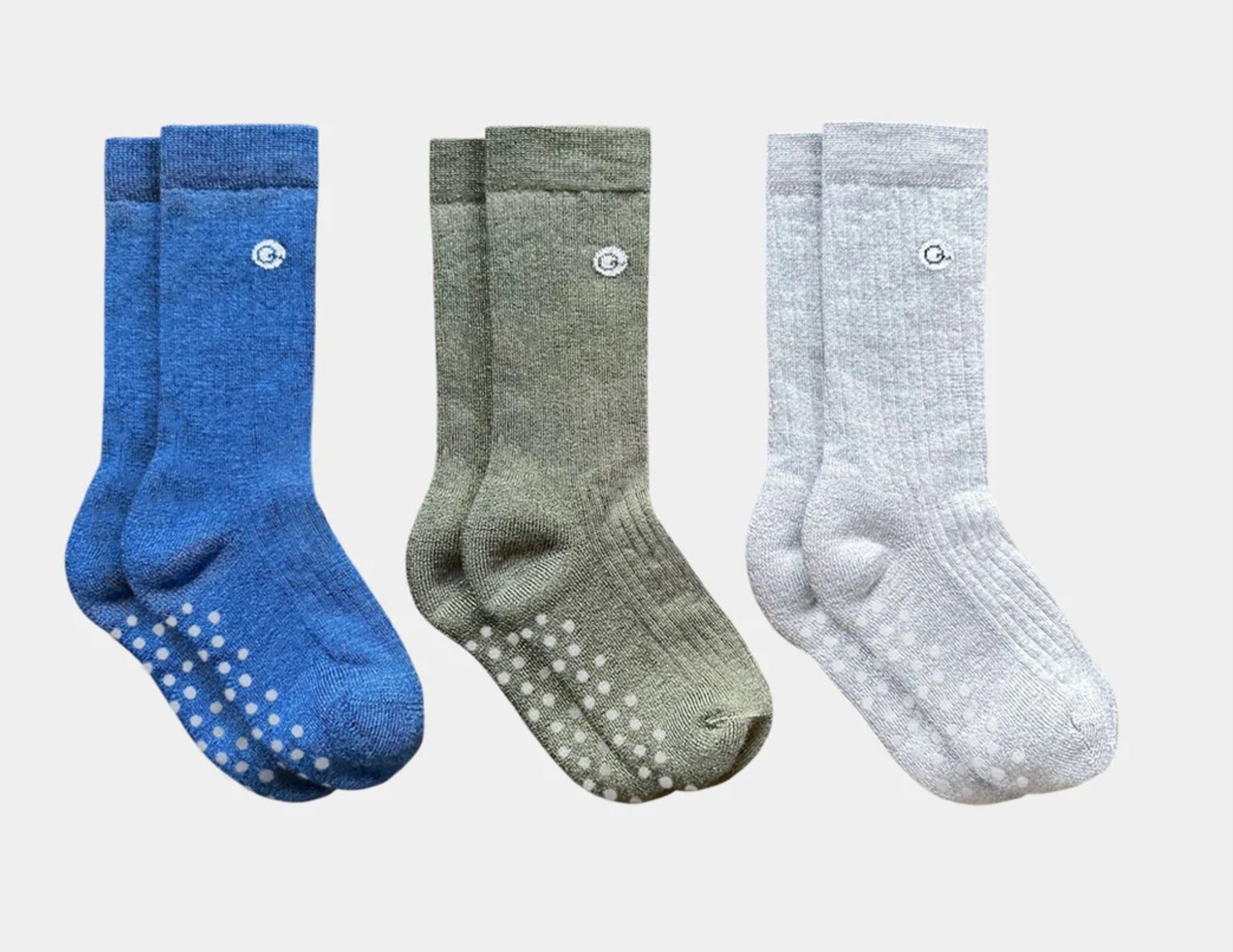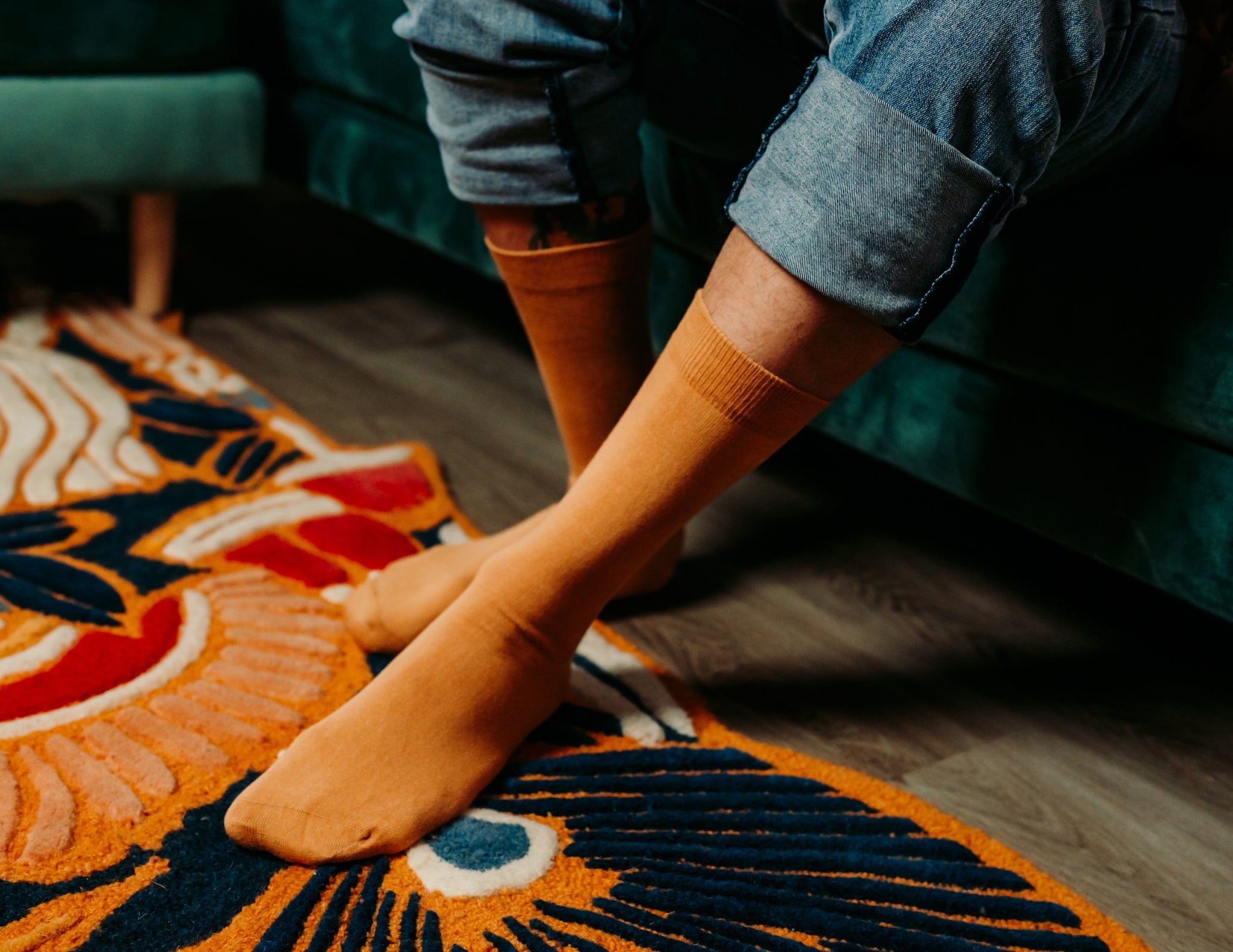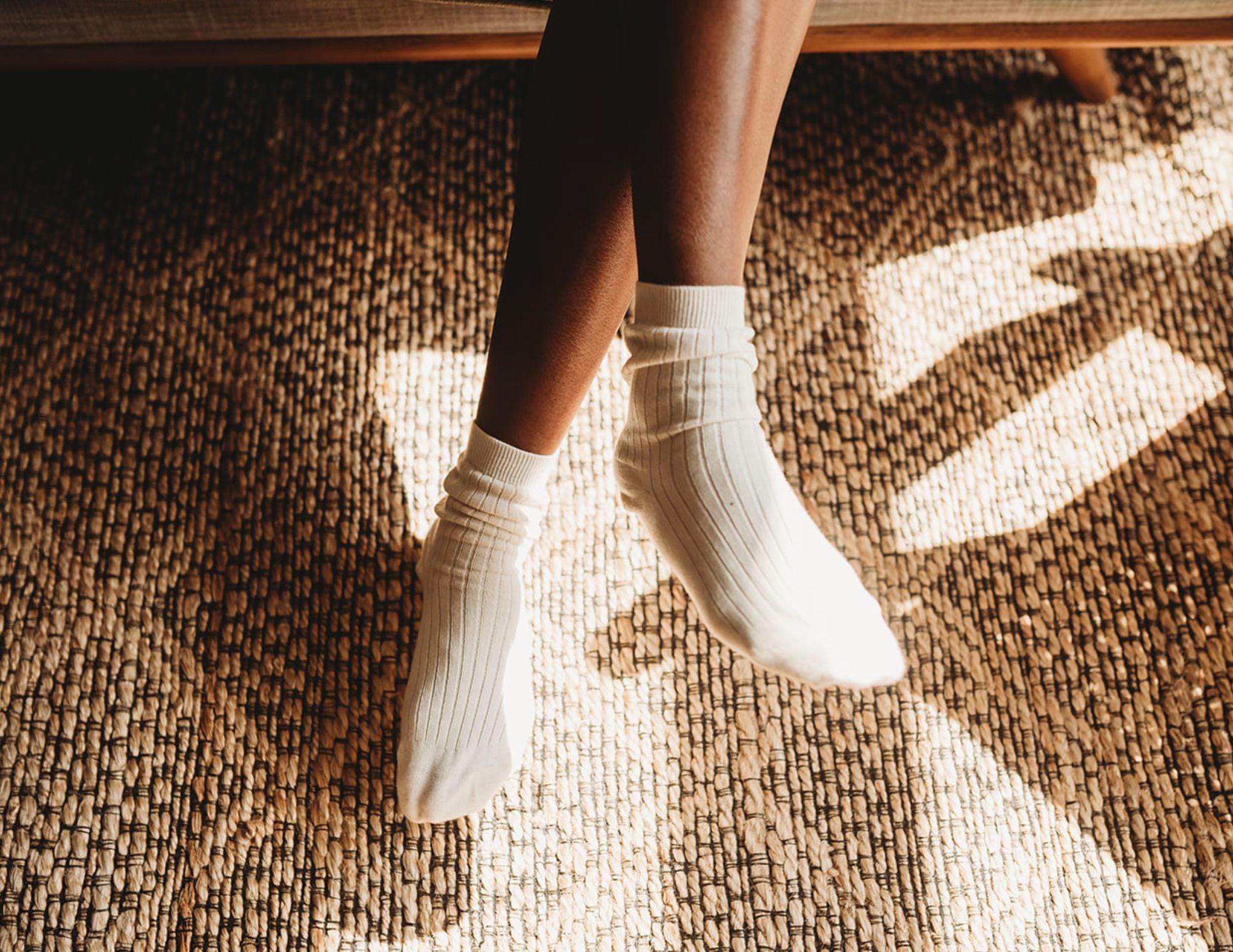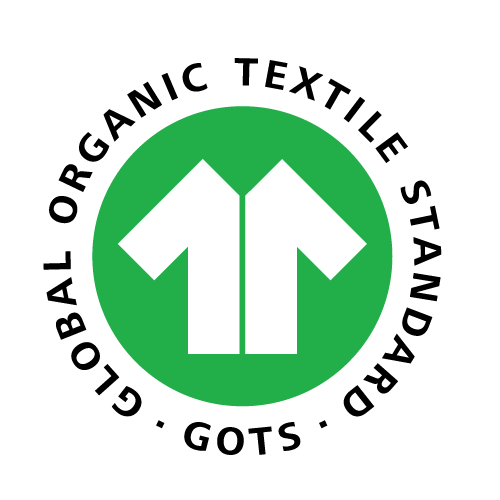
Rayon vs Organic Cotton: Which Fabric Is Best for Underwear?
When shopping for underwear and socks, comfort is just the beginning. The fabrics you choose touch your most sensitive skin, absorb moisture, and are worn daily. That's why the debate between rayon vs cotton—and more specifically, rayon vs organic cotton—is worth understanding. In this article, we explore the differences between rayon and cotton (especially organic cotton), the pros and cons of each fabric, how they compare in terms of comfort, care, and sustainability, and which is better suited for underwear.
Rayon vs Cotton: Origins and Production From Field to Fabric
What Is Rayon?
Rayon is a semi-synthetic fiber made by dissolving wood pulp (typically from beech, pine, or bamboo) into cellulose, then regenerating it into fibers via chemical processes. These include the viscose method (using alkali and carbon disulfide) and the lyocell/"modal" route (using an amine oxide solvent), which is cleaner but more expensive.
Tiny fibers woven into soft, shiny fabrics, rayon mimics silk's luxurious drape and offers excellent moisture management. It tends to feel smooth and cool against the skin—ideal for humid climates. However, the production process raises environmental concerns: viscose methods often release carbon disulfide, a dangerous chemical linked to worker illness and ecosystem damage.
What Is Organic Cotton?
Cotton is one of the most widely used natural fibers in the world, known for its softness, breathability, and versatility. Cotton isn't just one thing—there are many different types of cotton in the market, each with its own qualities and characteristics. It's used in everything from T-shirts to bed sheets, and comes in various forms—conventional, organic, Pima, Egyptian, and more, each with distinct growing methods and fabric qualities.
It's easy to assume cotton is cotton, but organic and conventional cotton have huge differences, especially regarding environmental and health impacts:
- Chemical use: Conventional cotton accounts for nearly 16% of global pesticide production, contaminating soil and harming people and wildlife. Organic cotton avoids this entirely.
- Water efficiency: An organic cotton crop often relies on rainfall (up to 80%) and dramatically reduces irrigation needs, with one LCA finding a 91% reduction in blue water usage.
- Greenhouse gas reduction: Fairtrade-organic cotton emits 45% fewer GHGs per hectare than conventional cotton—862 kg CO₂e vs. 1,563 kg CO₂e.
- Biodiversity gains: Organic practices support habitat, but require more land per yield, a trade-off offset by their ecosystem resilience.
In short, organic cotton fosters a healthier planet, more ethically-grown crops, and gentler fabric touch—all with lower chemical exposure for your intimate apparel. Organic cotton is grown from non-GMO seeds without synthetic pesticides or fertilizers. Standards like GOTS-certified and Oeko-Tex Certified regulate its lifecycle from the field to the final fabric. Moreover, organic farming practices foster soil health and biodiversity, hosting up to 30% more species than conventional farms
Rayon Fabric vs Cotton Fabric: What are the main differences?
Pros and Cons of Rayon
Pros:
- Soft, smooth texture
- Breathable and moisture-wicking
- Biodegradable
- Drapes well, ideal for luxury styles
Cons:
- Requires toxic chemicals (carbon disulfide) in viscose form
- Weak when wet, prone to shrinkage
- Often lacks transparency in the supply chain
- Can contribute to deforestation if wood pulp is unsustainably sourced
Pros and Cons of Organic Cotton
Pros:
- Breathable and soft
- Hypoallergenic and safe for sensitive skin
- Durable and strong when wet
- Low environmental footprint (water, GHG, soil health)
Cons:
- Slightly more expensive due to lower yield
- Can be less silky in feel compared to rayon
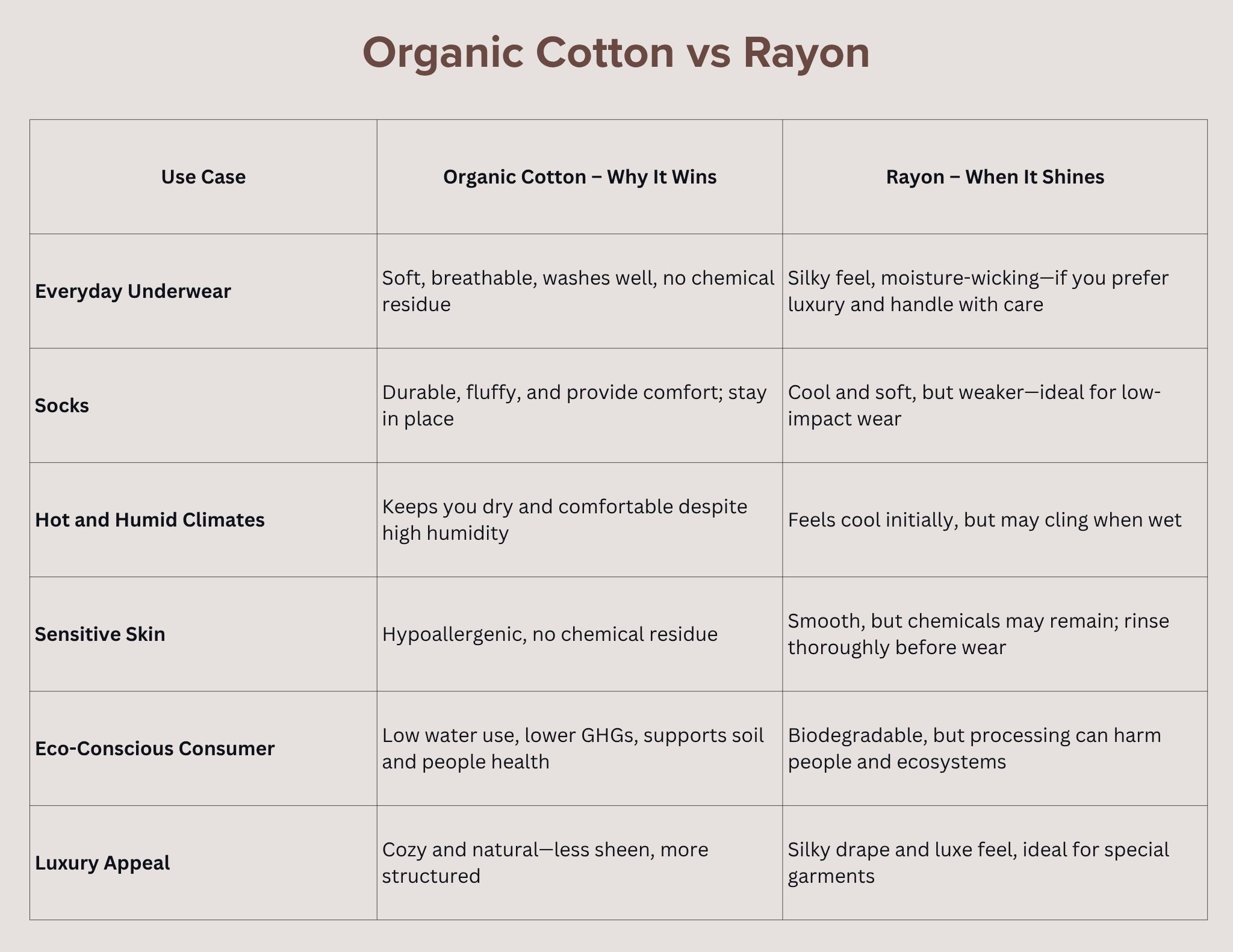
- Feel & Aesthetic
Rayon offers a luxurious, silky feel and drapes beautifully, often associated with high-end apparel. Organic cotton, in contrast, feels naturally soft, supportive, and slightly more textured—perfect for everyday wear.
- Breathability & Moisture Control
Cotton is a classic: it absorbs up to 27 times its weight in moisture, regulating body temperature and keeping the skin dry. Rayon also wicks well, but can become heavier when saturated and clingy. Rayon may feel cooler initially, but cotton offers more consistent natural airflow.
- Durability & Care
Organic cotton strengthens when wet and is rugged enough for machine wash cycles, making it ideal for the laundry room. Rayon, exceptionally standard viscose, is weaker, prone to shrinkage, and almost always requires delicate care to maintain its shape and texture.
- Skin-Friendliness
Organic cotton is hypoallergenic and safe for sensitive skin—no chemical residues involved. Usually, the best underwear for sensitive skin is made from 100% organic cotton. Rayon feels smooth but may irritate those with sensitivities due to processing chemicals and chemical retention in fibers.
If you're looking to understand this in more detail, explore our health-centered articles:
Environmental and Ethical Impact
Organic Cotton
- Water conservation: 91% less irrigation water.
- Greenhouse gas emissions: 45% lower per hectare for Fairtrade-organic cotton vs. conventional.
- Biodiversity: Supports ~30% more species.
- Soil health: Less erosion and runoff; organic soils act as water and nutrient sponges.
- Social justice: Certified to protect farmer welfare; often, premium prices benefit smallholder communities.
Rayon
- Biodegradability: Breaks down faster than cotton in soil.
- Chemical exposure: Viscose methods release carbon disulfide—a neurotoxin—for workers and locals.
- Lyocell/Modal advantage: Lyocell uses cleaner processing, but is more expensive; still, supply chain transparency is often lacking.
- Deforestation risk: Wood pulp sourcing can contribute to forest loss unless it is certified as sustainable.
Why Organic Cotton Wins over Rayon for Best Underwear Fabric
Underwear needs to be breathable, soft, and safe against your skin. Organic cotton checks all these boxes:
- Non-toxic: No pesticide residues or harmful chemicals
- Highly breathable: Keeps you dry and cool throughout the day
- Durable: Withstands daily wear and washes
- Hypoallergenic: Reduces irritation for sensitive skin
Rayon may feel smoother, but its tendency to shrink, stretch, or cling when damp makes it less ideal for everyday underwear. While rayon can offer a silky feel, organic cotton provides better all-around performance. It's more durable, easier to clean, better for sensitive skin, and environmentally superior.
For special occasion pieces, rayon might appeal due to its drape and shine. But for daily essentials—especially underwear and socks—organic cotton is the clear winner.
Organic cotton isn't just a more sustainable choice—it's also safer and healthier for your body, especially in sensitive areas. When it comes to underwear and socks, what touches your skin matters.
Unlike synthetic or chemically processed fabrics (like traditional rayon or polyester), organic cotton is completely free from pesticide residues, PFAS, formaldehyde, and chlorine bleach. These substances are commonly found in conventional fabrics and have been linked to skin irritation, hormonal disruption, and other long-term health concerns.
Here's why organic cotton is better for your health:
- Hypoallergenic: Ideal for people with eczema, dermatitis, or chronic irritation.
- No synthetic finishes or dyes: Reduces the risk of skin flare-ups and allergic reactions.
- Breathable: Prevents excess moisture and friction, key factors in preventing UTIs and yeast infections.
- No PFAS: Our organic cotton options are PFAS-free, unlike many period and moisture-wicking underwear brands.
FAQs About Cotton and Rayon Fabrics
What kind of fabric is rayon?
Rayon is a semi-synthetic fabric made from regenerated cellulose, usually from wood pulp.
Is rayon like cotton?
In texture, rayon can feel similar to cotton, especially high-quality modal. But structurally, it's a very different material with less durability and more delicate care needs.
Is rayon a natural fiber?
Not quite. It's made from natural cellulose but is chemically processed, making it a semi-synthetic material. It starts from natural cellulose but undergoes heavy chemical processing, so it's not a true natural fiber.
Rayon vs Cotton in Summer: Which is Better?
Cotton is more breathable and absorbs sweat better, making it a top choice for hot weather. Rayon feels cooler to the touch but may cling when damp.
Does rayon breathe like cotton?
It offers decent breathability, but organic cotton performs better in staying dry and comfortable. Rayon does allow air to pass through and feels airy, but cotton still outperforms in terms of consistent breathability and sweat absorption.
Organic cotton vs rayon for sensitive skin?
Organic cotton wins: it's chemical-free and hypoallergenic. Rayon may feel smooth, but it can retain chemical residues that can irritate sensitive skin.
What type of rayon is best?
Opt for HWM rayon (modal, lyocell, Tencel). These offer higher strength and safer solvent reuse than traditional viscose.
Which is more sustainable, rayon or organic cotton?
Obviously, organic cotton wins. Organic cotton clearly leads due to significantly lower water, pesticide, and GHG footprints, plus social and soil benefits. Rayon has biodegradability on its side, but concerns about toxin use and deforestation risks remain problematic.




